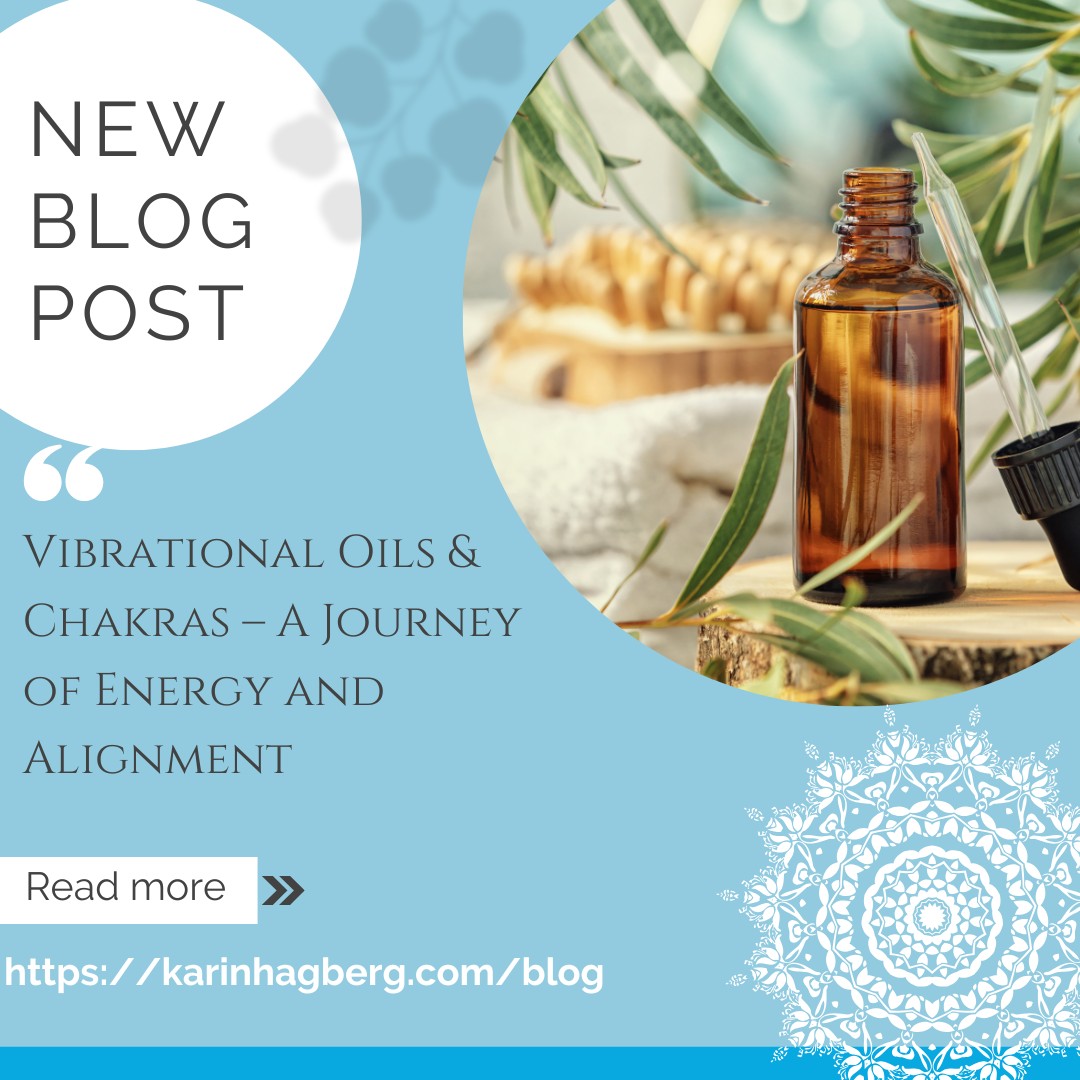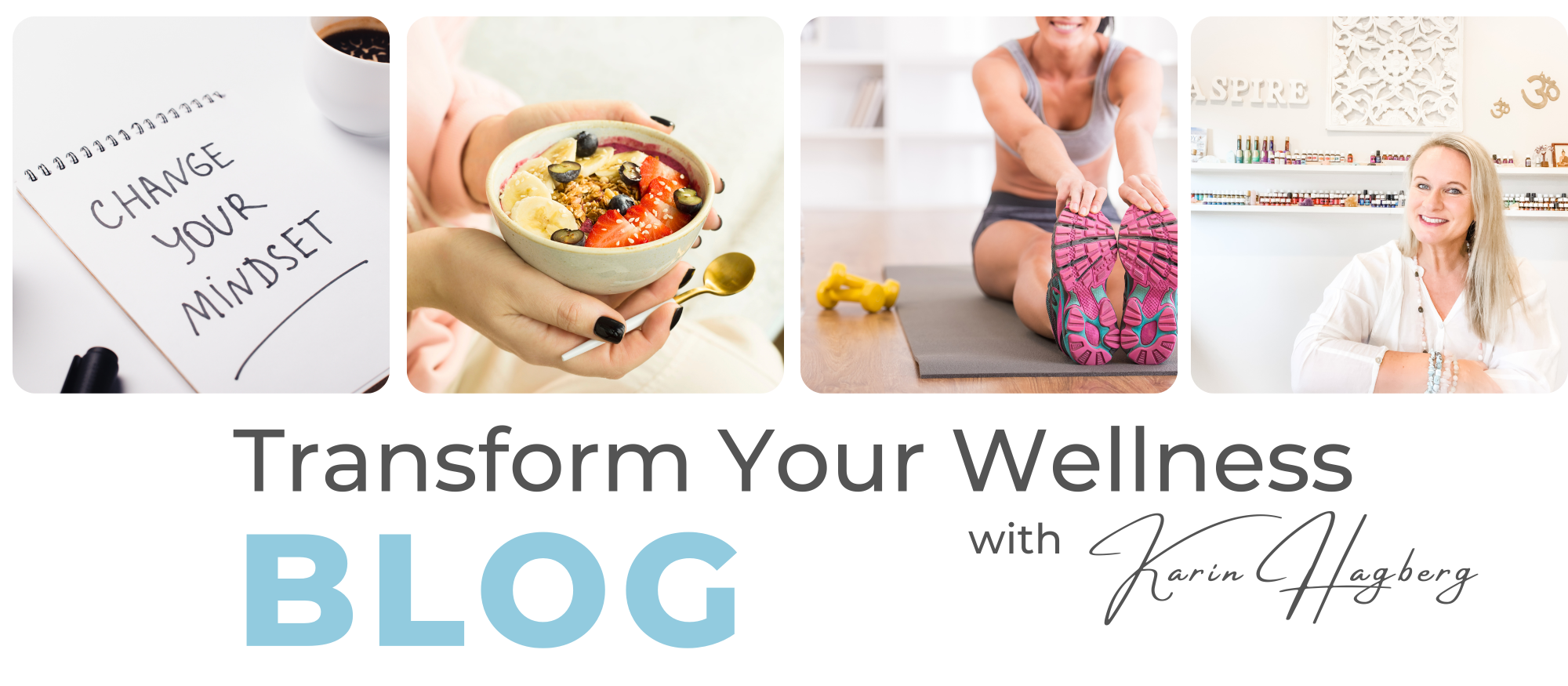

As I step into my 56th year, I’ve been reflecting deeply on the spiritual meaning of this number.
In numerology, 5 is the number of freedom, adventure, and change. It’s the wild spirit that seeks new horizons, new experiences, and the courage to step outside the comfort zone.
6 is the number of love, harmony, responsibility, and service. It’s the nurturing heart, the steady presence that builds family, home, and soulful connection.
Together, 56 becomes a sacred dance: the balance of freedom and responsibility, of independence and love, of the wild spirit and the heart-centered nurturer.
And when you add 5 + 6, you arrive at 11 — the Master Number of intuition, spiritual awakening, and illumination. It’s the path of the lightbearer, the guide, the warrioress who leads others by shining her truth.
For me, this birthday feels like stepping fully into that alignment:
✨ To honour my freedom, my movement, my soul’s call to adventure.
✨ To honour my heart, my nurturing, my service to others.
✨ To let both merge into light — into the sacred 11 energy that reminds me I am here to guide, inspire, and empower.
✨ To honour my freedom, my movement, my soul’s call to adventure.
✨ To honour my heart, my nurturing, my service to others.
✨ To let both merge into light — into the sacred 11 energy that reminds me I am here to guide, inspire, and empower.
So tonight, as I bid farewell to 55, I hold gratitude for the lessons, the endings, the beginnings, the heartbreaks, and the awakenings that shaped me. And tomorrow, as 56 begins, I step into a new chapter — one where freedom and love no longer pull me apart, but come together to create a radiant bridge of light.
This is the path of the Awake Wellness Warrioress — strong in body, fierce in spirit, worthy in soul. And at 56, I feel more ready than ever to embody that truth.
Here’s to the year ahead — may it be filled with freedom, love, and light.

Have you ever felt like you didn’t quite belong here on Earth? Like you were somehow different — more sensitive, more awake, and deeply connected to something beyond what you see around you?
If so, you may be what is often called a Starseed.
What Is a Starseed?
A starseed is a soul who has lived many lifetimes in other star systems, galaxies, or dimensions before incarnating here on Earth. These souls carry wisdom, gifts, and light codes that are meant to assist in Earth’s awakening and healing.
Starseeds often feel a deep longing for “home” — not necessarily a physical place, but a vibration. They carry an inner knowing that they came here for a reason, to help raise consciousness and remind humanity of love, unity, and higher truth.

The Different Types of Starseeds
Many traditions and channelled messages speak of different starseed origins. Each carries its own unique frequency and gifts. Some of the more commonly spoken of include:
Pleiadians – Nurturers, healers, deeply heart-centered beings who radiate love and compassion.
Arcturians – Visionaries, builders of new systems and technologies aligned with higher consciousness.
Lyrans – Wise, ancient souls connected to sovereignty, freedom, and fierce independence.
Andromedans – Carriers of balance and harmony, deeply connected to cosmic truth.
Sirian – Teachers, protectors, and wisdom keepers with a strong spiritual essence.
Orion – Seekers of truth, with gifts of deep understanding of duality and transformation.
Of course, this list is not complete — and many starseeds are hybrids, carrying a blend of different cosmic lineages.
How Do You Know If You Are a Starseed?
There is no “test” or proof in the physical sense — being a starseed is about resonance. You feel it in your soul.
Some common signs include:
- A deep sense of not fully belonging to Earth or “fitting in.”
- Strong intuition and psychic gifts, often since childhood.
- Fascination with the stars, galaxies, space, or metaphysics.
- A longing to help humanity heal, awaken, and evolve.
- Sensitivity to energy, environments, and emotions.
- A sense of having a mission, even if you can’t fully name it yet.
- Dreams, visions, or meditations where you connect with star beings or higher realms.
At its heart, being a starseed isn’t about being “special” or “different.” It is about remembering that you are a soul with a purpose — to bring your light to Earth in this time of great transformation.
Why It Matters Now
We are living in a time of great shift on Earth — a time of awakening, healing, and remembering. Starseeds are being called to rise, to embody their gifts, and to step into their missions.
If you resonate with the idea of being a Starseed, trust that your soul chose to be here, right now, for a reason. Your light is needed. Your voice is needed. Your love is needed.
So, are you a starseed? Only your heart knows the answer. But if something in these words stirs a deep remembering inside of you… chances are, you already are one.
From one soul traveler to another, remember this: you are here on purpose. And your light is more powerful than you know.
Blessings,
Karin - Lioraena

Discover the mystical journey of Lioraëna, a soul name that transcends the confines of earthly identity and beckons to the divine dance between Earth and Sky. This name, woven from the Hebrew "Liora," meaning "God’s gift of light," and "Raëna," a sound from the stars embodying the "sovereign feminine," resonates with frequencies of illumination, remembrance, and rebirth. Journey through this enchanting narrative as it unveils the transformative power of soul names, inviting readers to awaken their own inner light and step fully into their purpose with grace and sovereignty. Whether you feel a soul name stirring within or seek to uncover new depths of spiritual connection, this post promises to illuminate the path. Could this be the activation you've been seeking? Step into the world of Lioraëna and find out.
Read more...
Unlock the transformative power of neuroplasticity, a concept that reveals the brain's stunning ability to change and adapt at any stage of life. Imagine your mind as a vibrant forest trail, where every repeated thought and action carves new neural pathways, offering you the freedom to overcome habits, heal from trauma, and foster positive change.
Discover how simple daily practices, like affirmations and trying new experiences, can harness this potential, enabling you to reshape your mindset and embrace a future of endless possibilities. Whether you're seeking personal growth or healing, the empowering truth of neuroplasticity assures that you are not confined by the past or present. Dive into this enlightening exploration and start crafting the life you envision today.
Read more...
Dive into the transformative world of vibrational wellness and discover how Young Living essential oils can elevate not just your physical state but your entire energetic being. Learn the incredible impact these high-frequency oils have on harmonising your energy field, aligning your chakras, and propelling you toward a balanced, vibrant lifestyle. From grounding Cedarwood to the spiritually elevating Frankincense, each oil holds unique potential to unlock emotional, mental, and spiritual alignment. Explore how tapping into the natural intelligence of these divine oils can uncover layers of self-awareness and spiritual growth you never thought possible. Whether you seek to energize, balance, or connect more deeply with your spiritual self, this guide offers wisdom and inspiration to enhance your holistic wellness journey. Uncover the secret to elevating your vibrational frequency and step into a new realm of personal empowerment and connection by reading the full post.
Read more...













